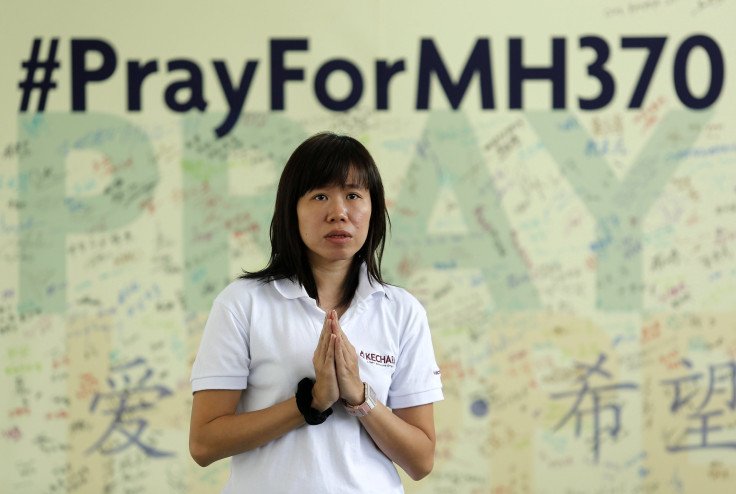In The Wake Of Malaysian Airlines Flight 370, Aviation Officials Call For A Global Airplane Tracking System

You'd think it would already exist, but it doesn't. Largely prompted by the mysterious disappearance of Malaysian Airlines Flight 370, government and aviation officials are set to announce global standards for commercial airliners to report their positions at least once every 15 minutes, reports the Wall Street Journal.
In situations where these planes travel off of their planned courses, this rate would jump to once per minute, presenting the aviation world with the first real-time, universal tracking system that will work over open water and remote polar locations where ground-based radar systems aren't set up. This is to be accomplished with communication hardware that talks to satellites.
This plan is expected to be announced early next month, with airlines having a proposed year to comply with the guidelines. Groups such as the U.N.'s International Civil Aviation Organization and the International Air Transport Association, a worldwide trade organization for the aviation industry, are backing it, and are suggesting a number of potential technologies that airlines can employ to meet requirements.
The regulations will affect only a fraction of the global airline industry's 100,000 flights every day, as most of them never leave areas with widespread ground radar coverage — this is for flights that cross oceans and go over uninhabited areas.
Officials have yet to locate the wreckage of Malaysian Airlines Flight 370, which disappeared March 8 en route from Kuala Lumpur to Beijing, or any of the 239 passengers it had on board.
© Copyright IBTimes 2024. All rights reserved.












